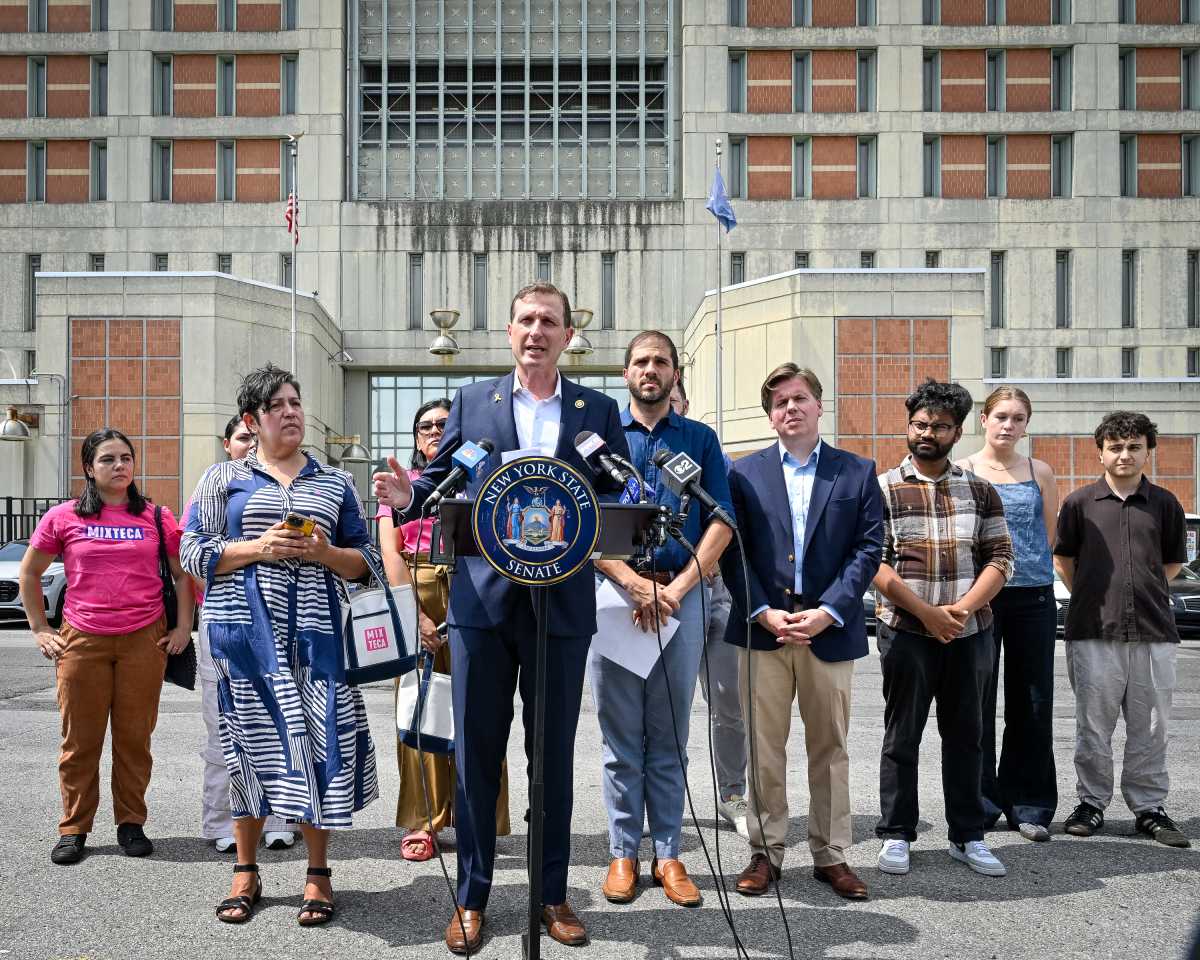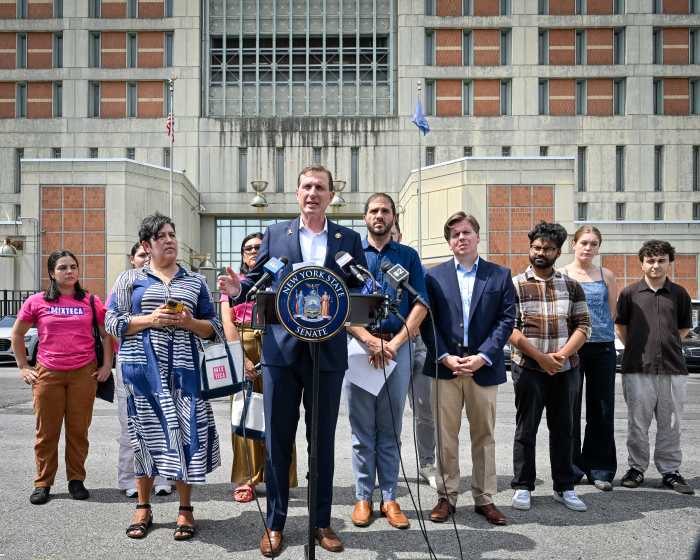It would be hard to overstate the importance of the Battery Park City ballfields to the Lower Manhattan community. The fields serve nearly 1,500 players in the Downtown Little and Soccer Leagues, provide open space to schools and youth groups, and serve adults as well. Battery Park City Authority officials said last month that they may close the fields for a year to let Milstein Properties construct two adjacent luxury towers. The towers were part of the deal to keep the fields that once were considered temporary. We do not oppose the buildings, but they cannot be constructed in a way that will close the fields for any significant time during the heavy use seasons of soccer and baseball.
We don’t think closing the fields should have ever been considered. That said, we do appreciate that Jim Cavanaugh, the authority’s president, called Community Board 1 chairperson, Julie Menin, about the possibility before it was decided. Menin told us she felt Cavanaugh was sincere when he said he would work to keep the fields open and we agree with her after speaking to him too.
Authority officials are planning to meet with community leaders next week to discuss the issue and we hope the agenda will be to look for the best way to keep the fields open, rather than a way to make a closing less objectionable.
Safety in construction projects of course is necessary, but construction goes on all over this city right next to schools, homes, offices and parks. A claim that there is no safe way to build near the fields would be suspect and we are relieved that the authority is not saying that. Cavanaugh did say the issue has to be looked at closely and that the authority closed Teardrop Park after it discovered the park was not safe while construction was going on nearby.
Teardrop is beautiful, but the closing was not a major blow — there are many other pleasant places in the neighborhood to sit and enjoy the outdoors. Large fields for team sports are scarce Downtown and the other options are mostly spoken for by other leagues.
We think there are ways to schedule the construction to minimize the effects to the leagues. The fields are closed for more than four months every year, from December through March. They are used intensely on the weekends, and after school on weekday afternoons.
The authority agreed to build permanent fields on the site five years ago only after C.B. 1 and local officials agreed to larger towers on the west end of the temporary fields, where the land is more valuable because it is closer to the river. The community also accepted larger buildings in other north B.P.C. buildings. Each of these residential buildings is more valuable because of the existence of the fields. People who participated in the ballfield negotiations have told us the authority never raised the possibility of closing the fields down when a developer started building near the sites.
It is not productive to talk about the lost revenue of not developing the fields. The authority would be more wise to start protecting the deep investment the community has in these fields, and to require developers to construct their projects without compromising this post 9/11 amenity.
WWW Downtown Express






























